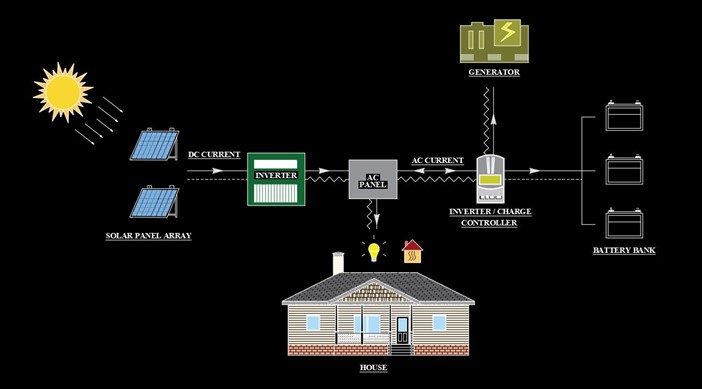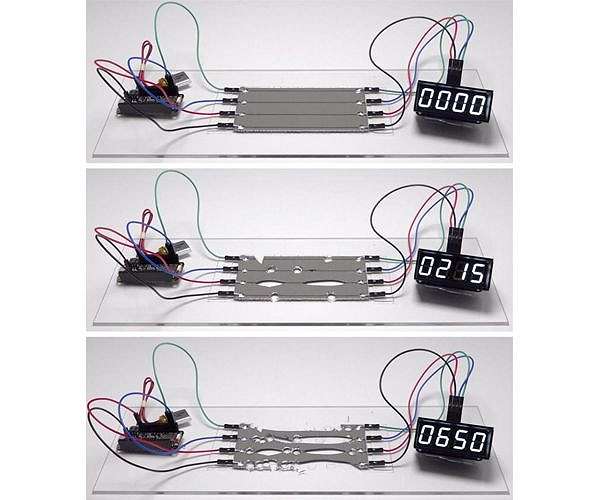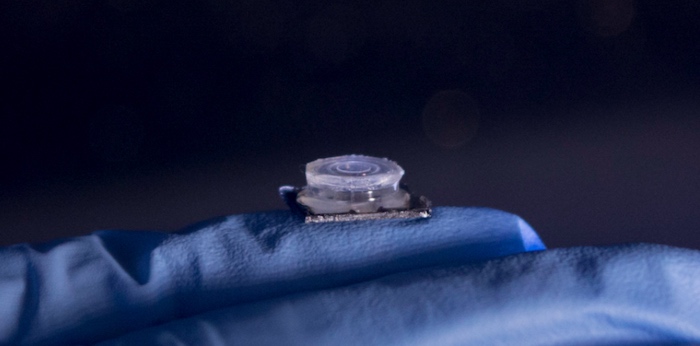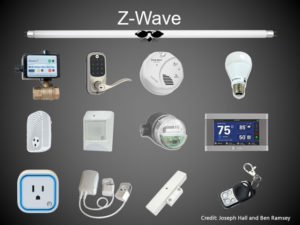WKRN.com (FBI) – MINNEAPOLIS (AP) — White supremacists plotted to attack power stations in the southeastern U.S., and an Ohio teenager who allegedly shared the plan said he wanted the group to be “operational” on a fast-tracked timeline if President Donald Trump were to lose his re-election bid, the FBI alleges in an affidavit that was mistakenly unsealed.
The teen was in a text group with more than a dozen people in the fall of 2019 when he introduced the idea of saving money to buy a ranch where they could participate in militant training, according to the affidavit, which was filed under seal along with a search warrant application in Wisconsin’s Eastern U.S. District Court in March. The documents were inadvertently unsealed last week before the mistake was discovered and they were quickly sealed again.
The teenager wanted the group to be “operational” by the 2024 election because he believed it was likely a Democrat would win, but “the timeline for being operational would accelerate if President Trump lost the 2020 election,” according to the affidavit. An informant told investigators that the teen “definitely wanted to be operational for violence, but also activism.”






